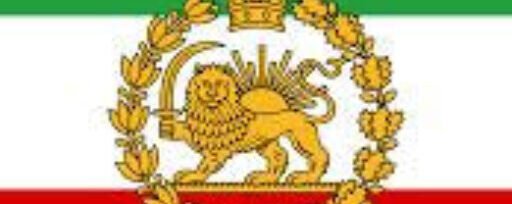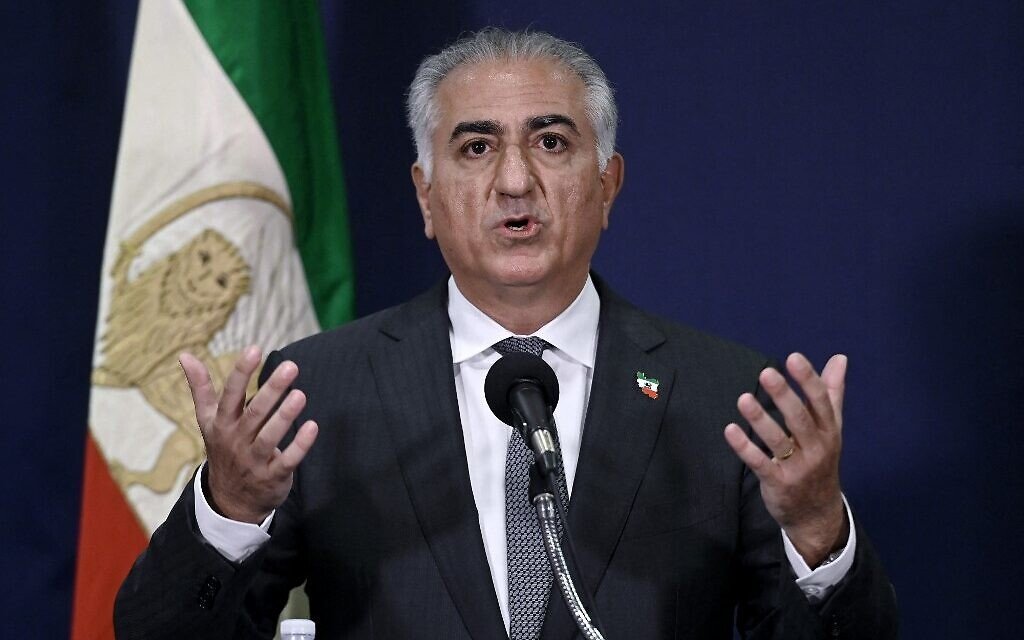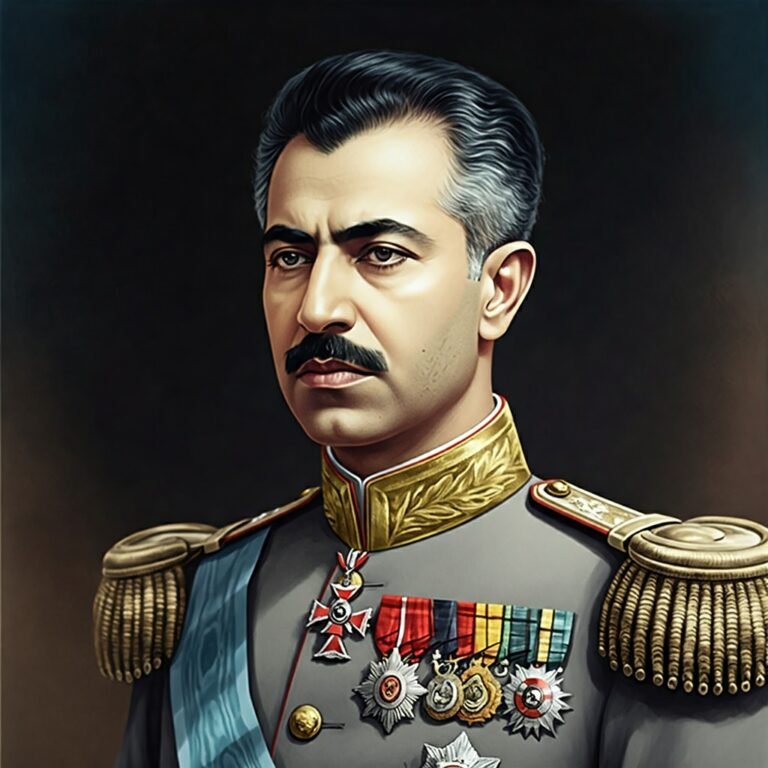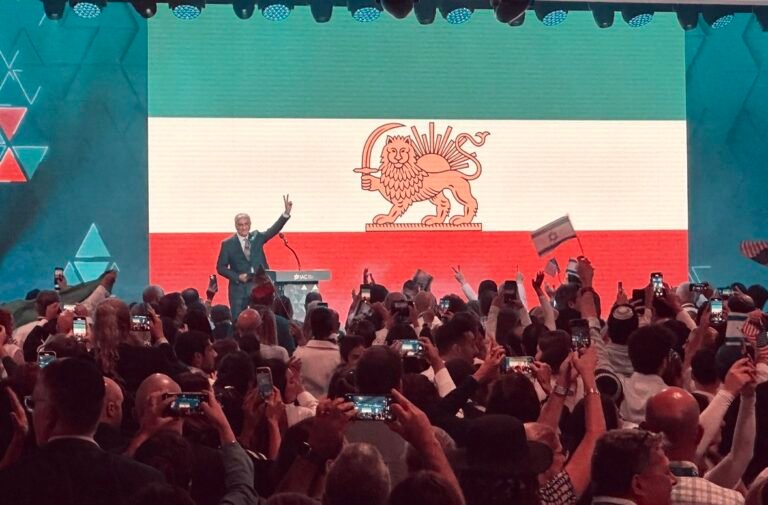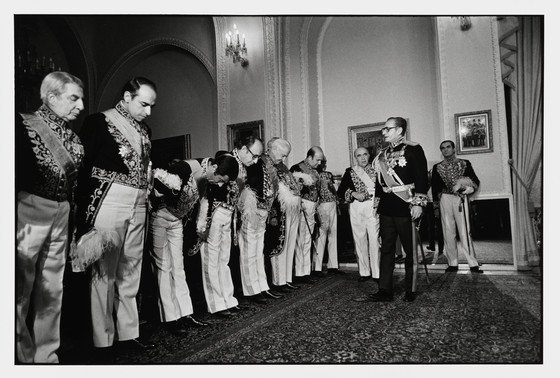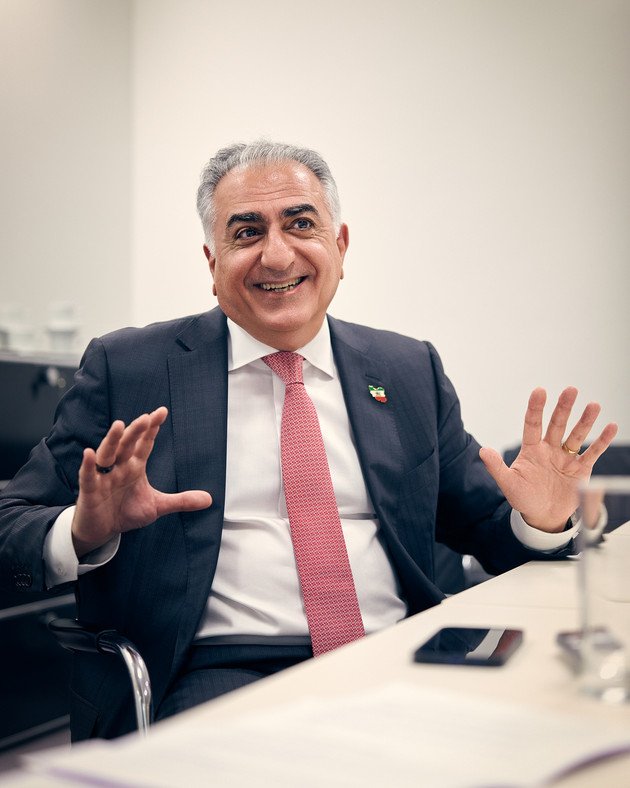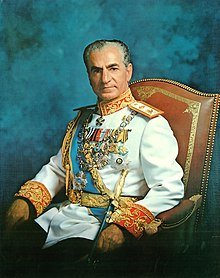Understanding Iran’s Political Climate: Insights on the Pahlavi Era
The Historical Context of the Pahlavi Dynasty
The Pahlavi Dynasty, which ruled Iran from 1925 until the Islamic Revolution in 1979, emerged during a period of significant upheaval and change within the region. The inception of this dynasty can be traced back to Reza Shah Pahlavi’s rise to power, following a coup d’état in 1921. His regime marked a pivotal shift in Iranian governance, transitioning from a weak Qajar monarchy to a centralized state. Reza Shah implemented a series of reforms aimed at modernizing Iran, which included the establishment of a modern military, improvements in infrastructure, and the promotion of secular education. These initiatives sought to reduce foreign influence and assert national sovereignty, a theme that would resonate throughout the Pahlavi era.
Following Reza Shah’s abdication in 1941, his son, Mohammad Reza Pahlavi, ascended to the throne under the watchful eye of the Allied powers during World War II. Mohammad Reza faced numerous challenges during his reign, including political opposition from both secular and religious factions. The nationalization of the Iranian oil industry in 1951, led by Prime Minister Mohammad Mossadegh, exemplified the growing tension between the monarchy and nationalist movements. The CIA-backed coup in 1953, which restored the Shah to power, invited further Western involvement in Iran’s political affairs, further complicating the sociopolitical landscape.
During the 1960s and 1970s, Mohammad Reza Pahlavi pursued an ambitious modernization plan known as the White Revolution, focusing on land reform, women’s rights, and economic development. However, these efforts did not come without repercussions. The rapid pace of modernization often conflicted with traditional values held by many Iranians, leading to widespread dissatisfaction and discontent. The growing divide between the elite and the masses, exacerbated by economic disparities, fueled opposition movements that ultimately culminated in the 1979 revolution. The historical context of the Pahlavi Dynasty illustrates the complexities of Iran’s political evolution, laying foundational elements that continue to influence the dynamics of contemporary Iranian politics.
Current Developments and Public Sentiment in Iran
In recent years, Iran has witnessed a resurgence of public sentiment that often references the legacy of the Pahlavi era, particularly King Reza Pahlavi. Protests rooted in economic dissatisfaction, political repression, and social freedoms have taken center stage, prompting many Iranians to reflect on the past. The nostalgia associated with the Pahlavi dynasty manifests itself in various forms, including public demands for a government system that promotes individual liberties and economic prosperity akin to that of the pre-revolution period.
Social media has become a pivotal platform for the expression of these sentiments. Iranians are increasingly utilizing digital spaces to convey their frustrations and mobilize support for political change. The ability to share information in real-time allows for a more cohesive understanding of the nation’s socio-political climate, thereby enhancing collective action against perceived injustices. Platforms like Twitter and Instagram serve as channels to spread awareness and organize protests, reflecting a generational shift in activism driven by technology. The government, in response, has often restricted access to these platforms in an effort to curb dissent, illustrating a tense dynamic between state power and citizen activism.
The current socio-economic challenges in Iran, including inflation, unemployment, and lack of basic necessities, have intensified public demonstrations. Many citizens draw parallels between these contemporary issues and experiences from the Pahlavi era. The ongoing debates about governance, public accountability, and national identity reflect how historical narratives shape modern political movements. Furthermore, young Iranians, who often rely on these historical references to articulate their aspirations for a secular and democratic state, face significant hurdles imposed by a government reluctant to relinquish control.
Ultimately, the legacy of the Pahlavi dynasty remains a contentious aspect of public discourse, intertwining with the aspirations of the current generation in their quest for a more open and prosperous Iran.
